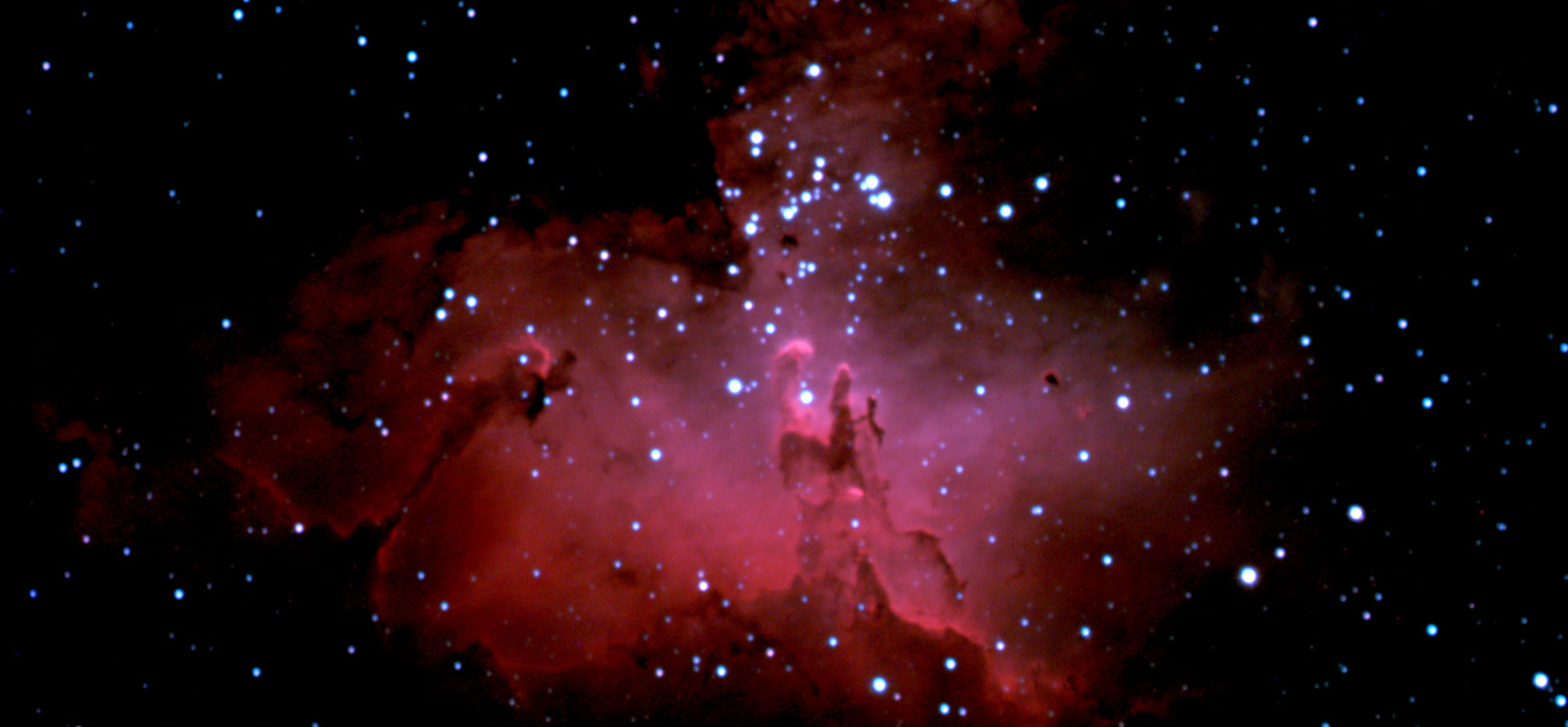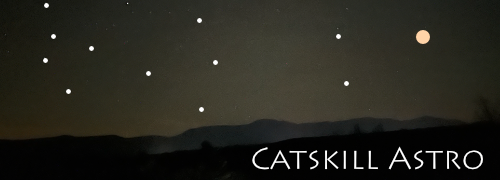
Please accept my submission, which can be found by clicking on this link. A few words of introduction are in order.
In the course of completing the descriptions I became interested in Messier’s motivations for cataloging each object. This led me to seek out the full text of the original catalog entries instead of relying on secondary sources. For this information, as well as background historical detail, I relied on the messier.seds.org website, which is a phenomenal resource. My quotations all originated in this source, unless otherwise attributed.
My entries follow a consistent two-part template. Part 1 records relevant details of the catalog entry and historical context. Part 2 describes the object and details of my capture. The two parts are separated by this symbol: “<–>”.
The Messier “brand” is very much at odds with the origins of Messier catalog. In the beginning the catalog served two purposes: 1) identifying the location of nebulae that Messier might mistake for a comet to speed up his own observations, and 2) noting the locations of interesting objects to add to the maps Messier prepared for Louis XV, his key patron, and an amateur astronomer who dubbed Messier “the ferret of comets”.
Over time, Messier’s motivation evolved. The original motivations stayed relevant, but reputation building and earning royalties from the publication of the Catalog became increasingly important.
Based on this reading, creating a list of the most spectacular DSOs in the northern hemisphere was never a motivation. Yes, towards the end of Catalog, the majority of the galaxies and planetary nebulae were added. However, the entries make clear that most were discovered in the context of mapping or pursuing comets. And these were among the most challenging objects to observe, in most cases requiring the “young eyes” of Pierre Méchain even to find.
The idea that Messier was trying to “showcase” DSO’s for posterity would have been utterly foreign. Indeed these were all “nebulae without stars”, the faintest of them. Neither Messier, Méchain, nor anyone else had any idea what these objects were, or what they looked like, beyond a barely noticeable smudge.
Important Note: The Messier list is entirely database driven, and the same objects show up in multiple lists. You can navigate to the “Next” item in the list from the detailed observation level. Just make sure the “Relevant Catalog” is set to “Messier”.
You can always navigate to the list from the “Messier (M) Objects” link on the “Lists” menu tab.
